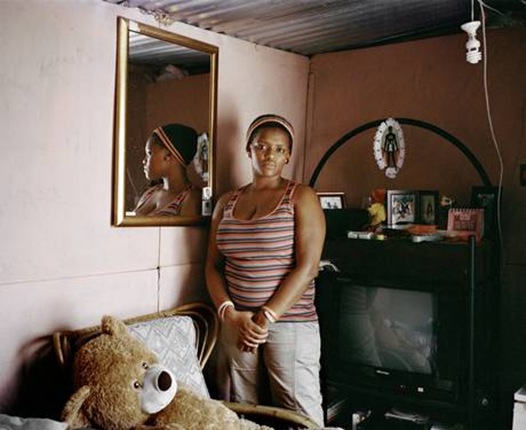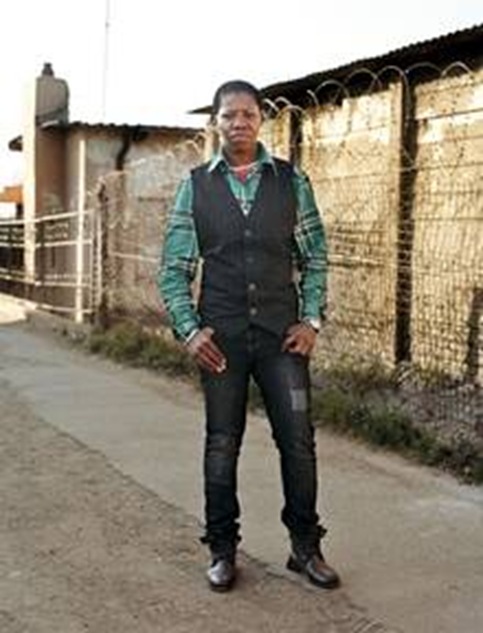Independent
January 5, 2014

Mvuleni Fana was walking down a quiet alleyway in Springs – 30 miles east of Johannesburg – on her way home from football practice one evening when four men surrounded her and dragged her back to the football stadium. She recognised her attackers. One by one, the men raped her, beating her unconscious and leaving her for dead.
The next morning, Mvuleni came round, bleeding, battered, in shock, and taunted by one overriding memory – the last thing they said to her before she passed out: “After everything we’re going to do to you, you’re going to be a real woman, and you’re never going to act like this again”.
Corrective rape is a hate crime wielded to convert lesbians to heterosexuality – an attempt to ‘cure’ them of being gay. The term was coined in South Africa in the early 2000s when charity workers first noticed an influx of such attacks. But despite recognition and international coverage, corrective rape in the region is escalating in severity, according to Clare Carter, the photographer behind these images. This is amid a backdrop of parts of the country “becoming more homophobic”, as one recent victim asserts.

Compared to many of South Africa’s victims, Mvuleni was lucky: she survived. At least 31 women in the past 15 years did not. In 2007, to cite one incident, Sizakele Sigasa, a women’s and gay rights activist, and her friend Salone Massooa, were outside a bar when a group of men started heckling and calling them tomboys. The women were gang raped, tortured, tied up with their underwear and shot in the head. Executed. No one was ever convicted.
Mvuleni’s case was also unusual as, unlike 24 out of 25 rapes that even reach trial in South Africa, two of her attackers were convicted and imprisoned for 25 years. The others remain at large.
Ever since a 1998-2000 report by the United Nations Office on Crime and Drugs ranked South Africa as highest for rapes per capita, it has repeatedly been described as the rape capital of the world: 500,000 rapes a year; one every 17 seconds; one in every two women will be raped in her lifetime. Twenty per cent of men say the victim “asked for it”, according to a survey by the anti-violence NGO, CIET. A quarter of men in the Eastern Cape Provinces, when asked anonymously by the Medical Research Council, admitted to raping at least once – three quarters of whom said their victim was under 20, a tenth said under 10. A quarter of schoolboys in Soweto described “jackrolling” – the local term for gang rape – as “fun”.
